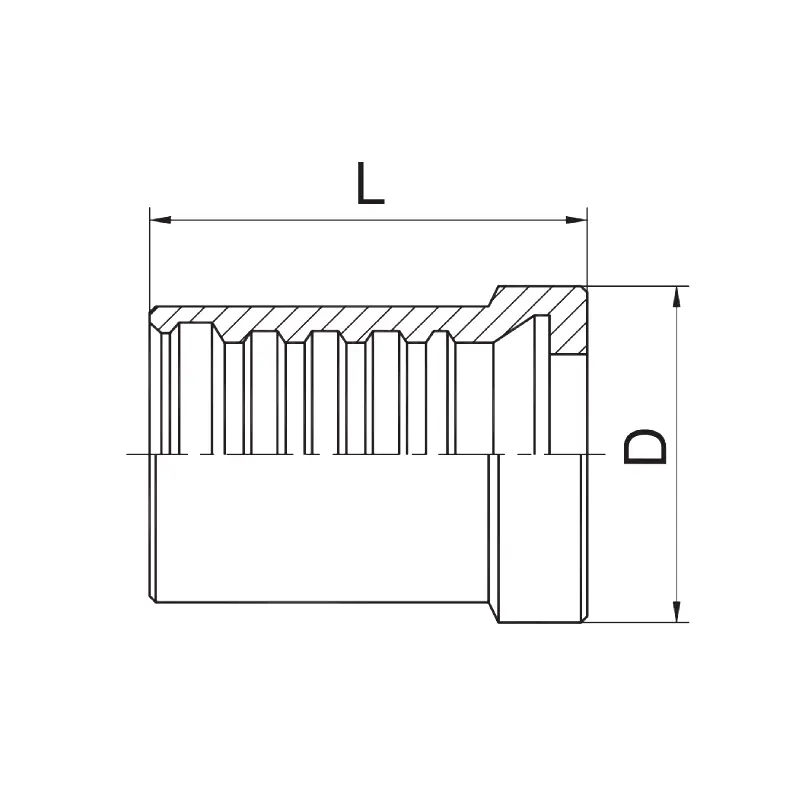
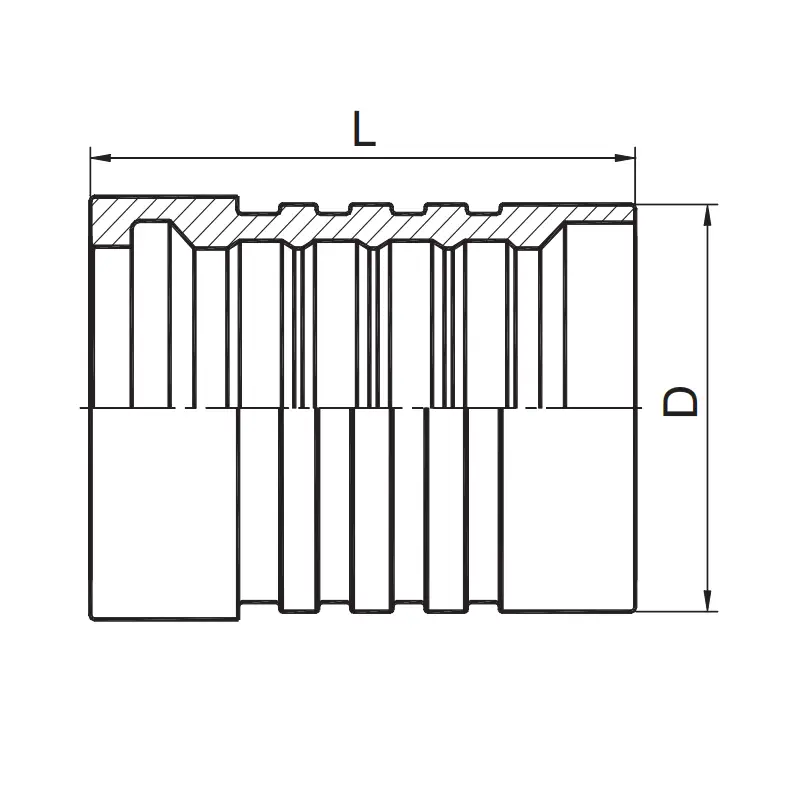

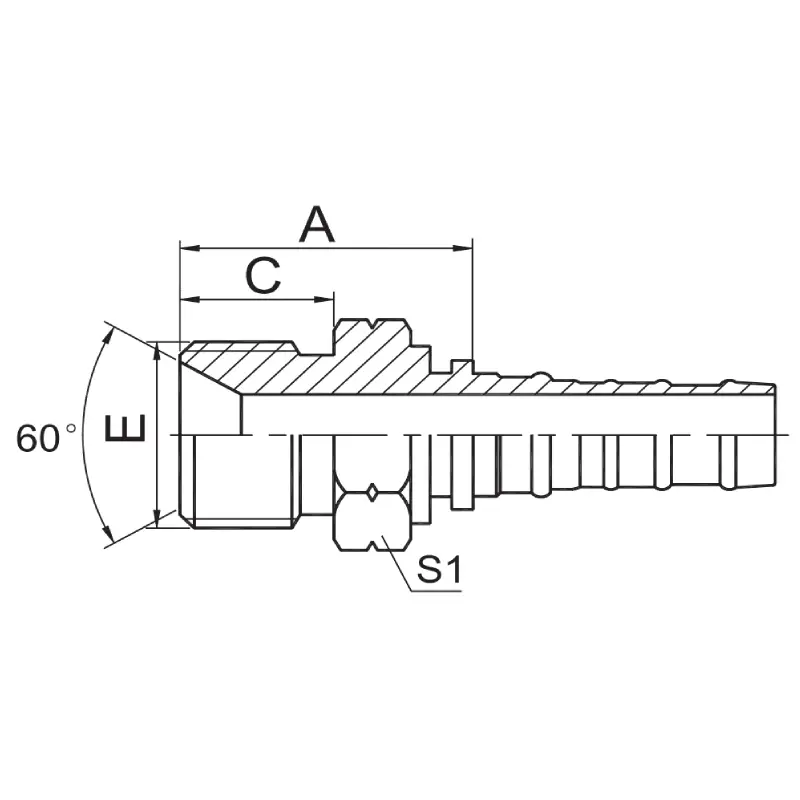
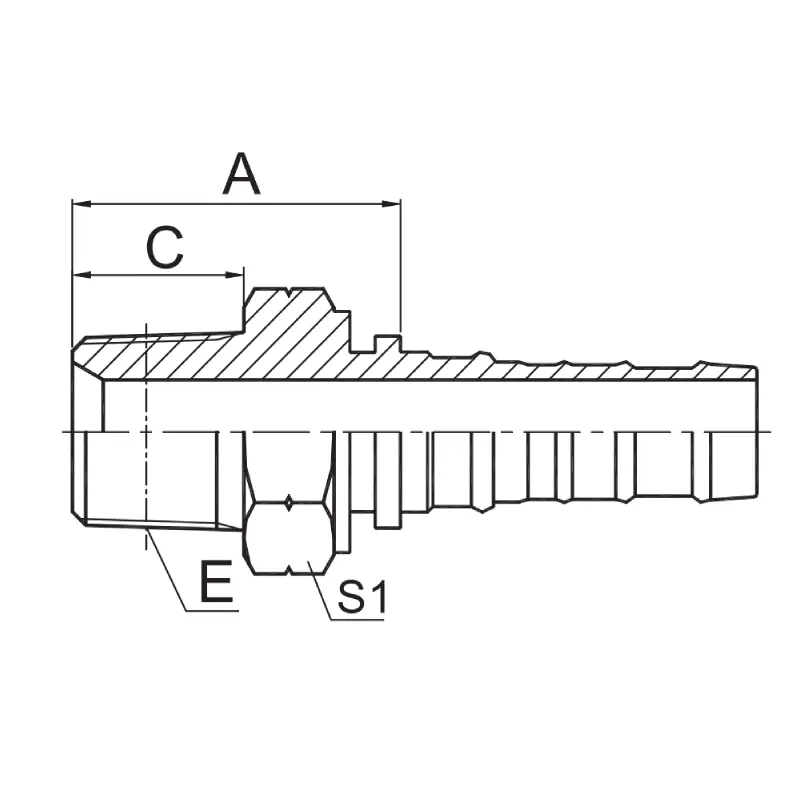
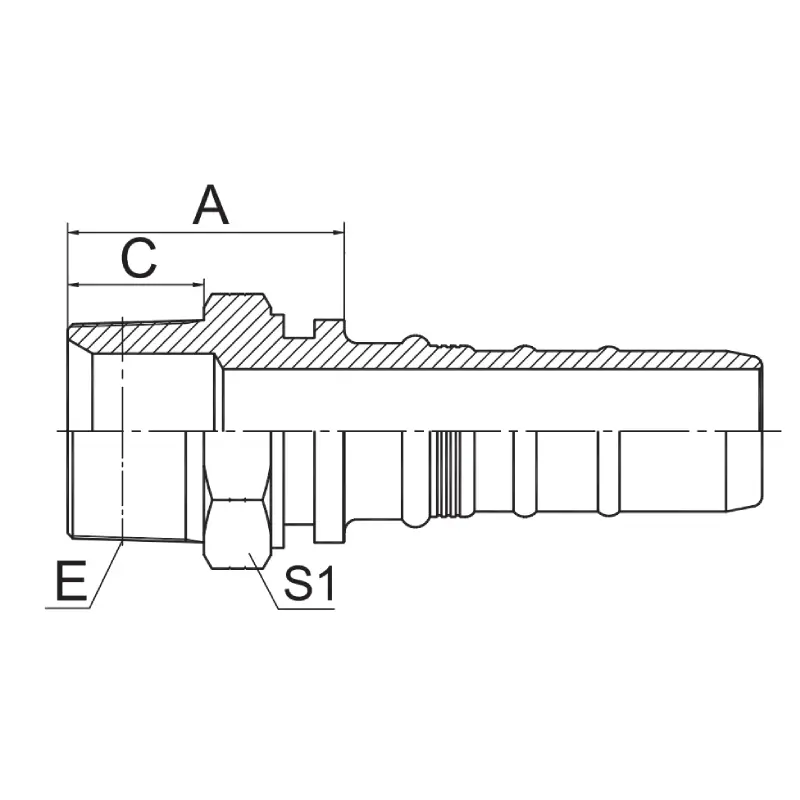

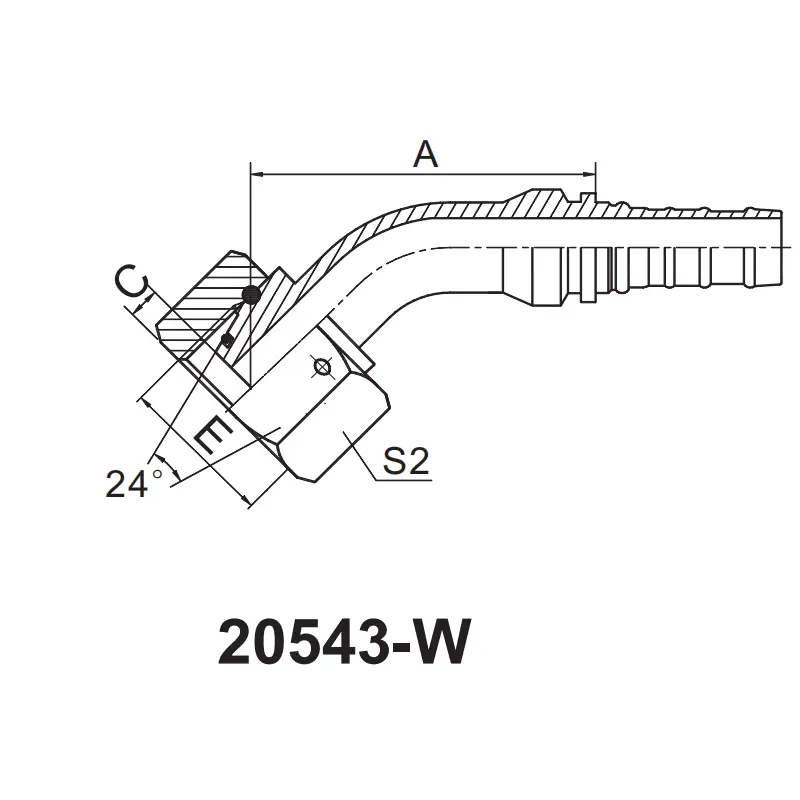
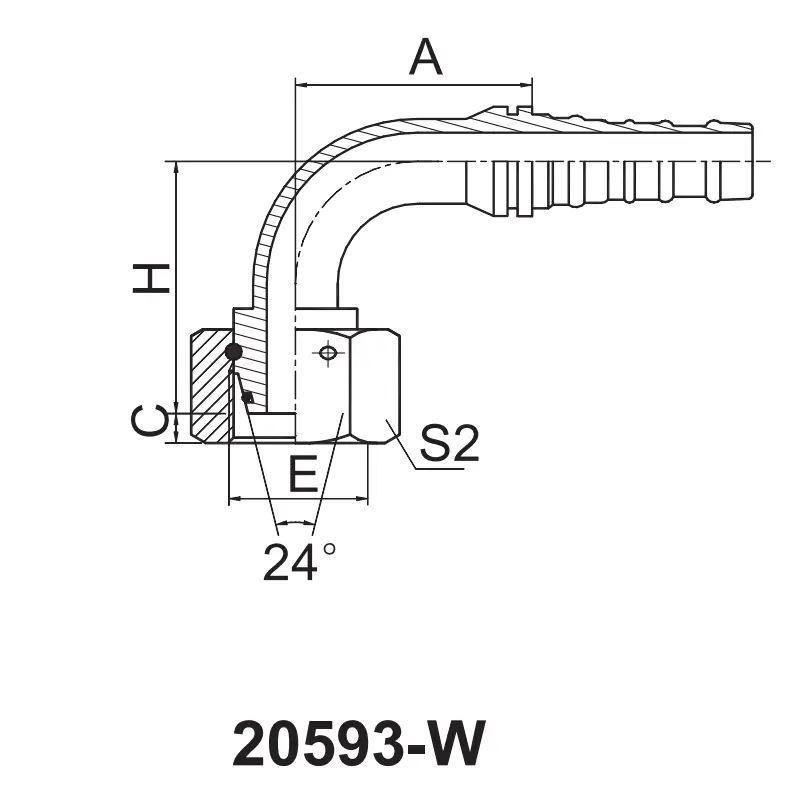
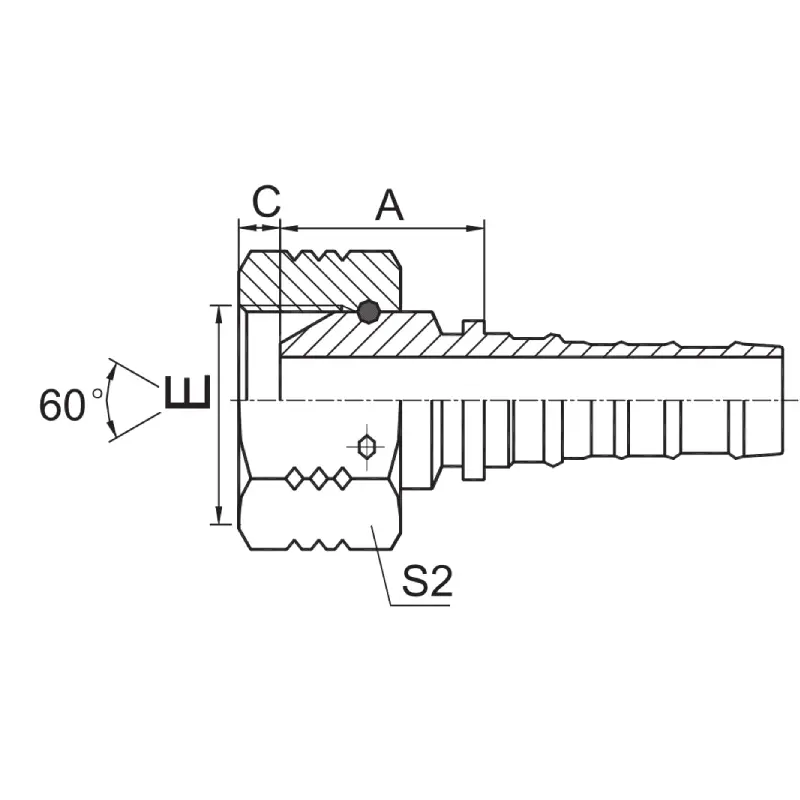
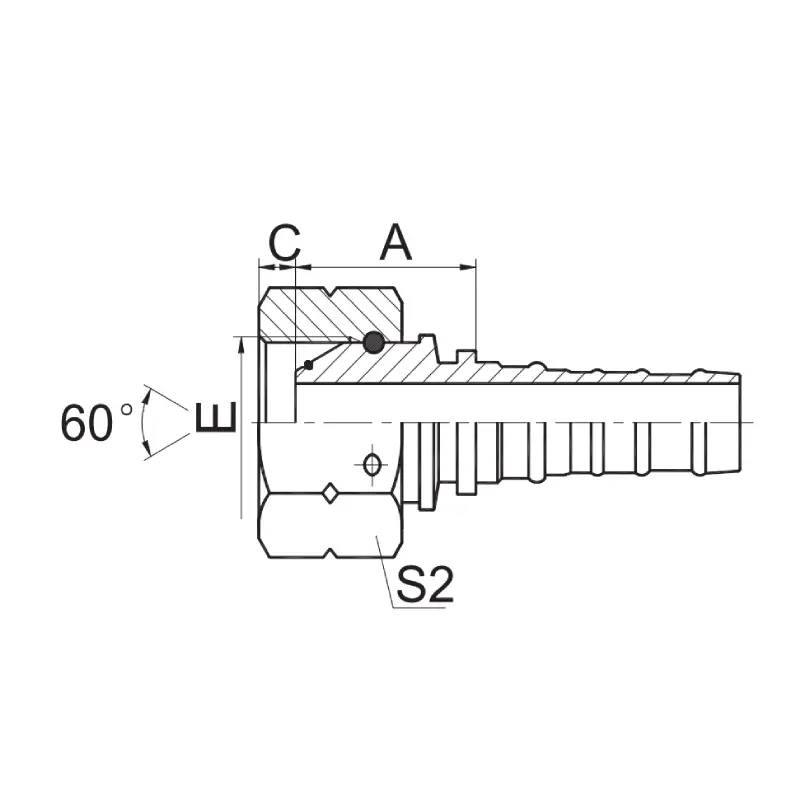
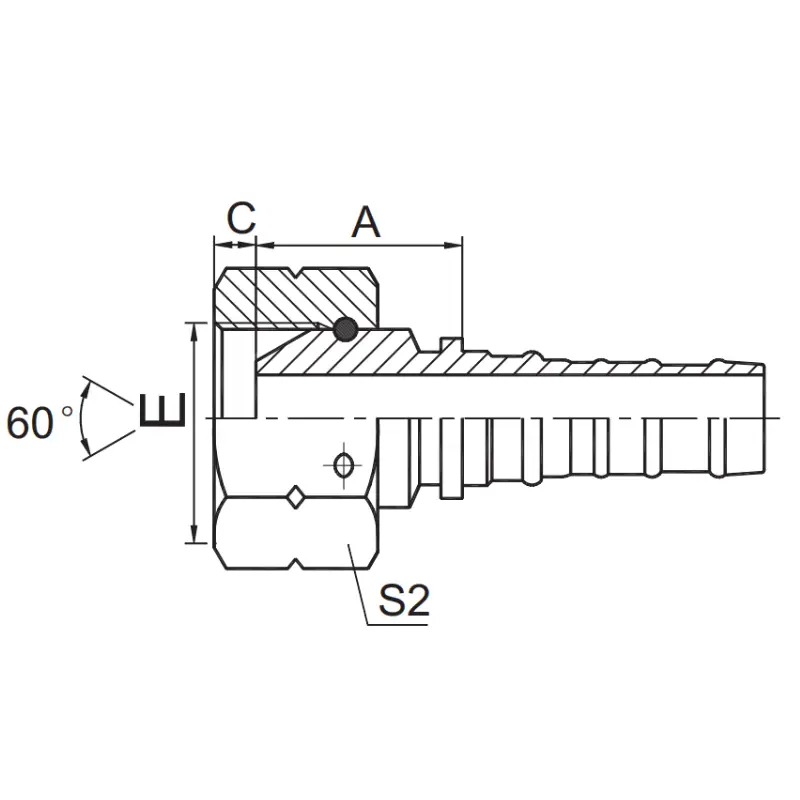
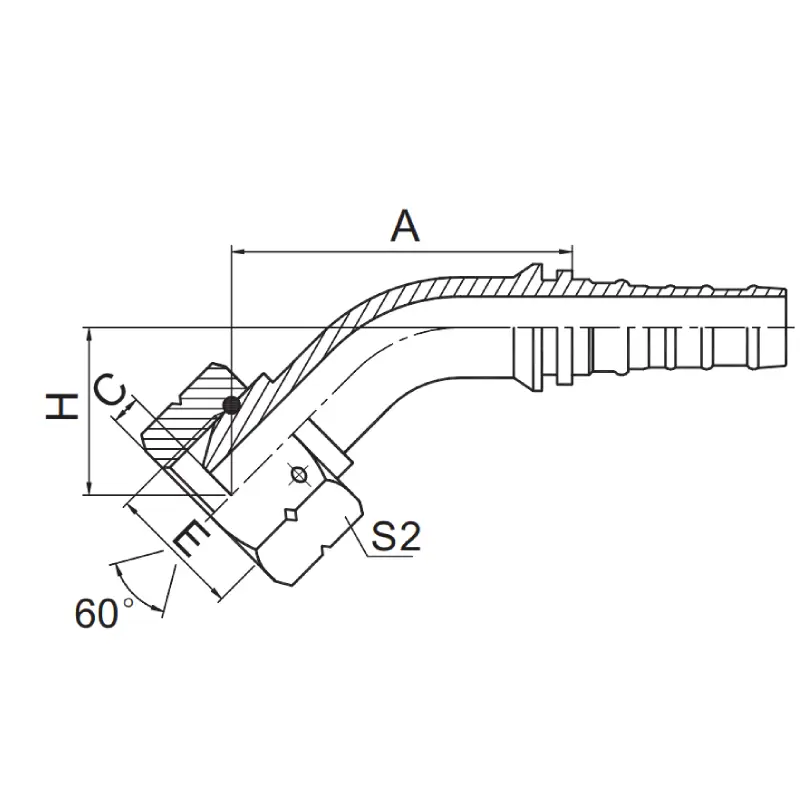
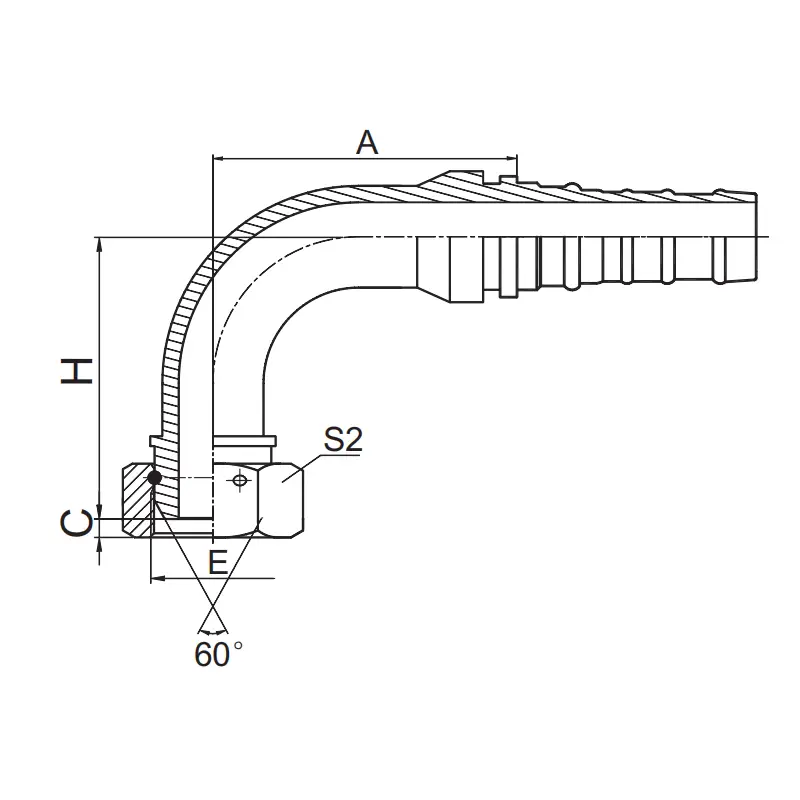
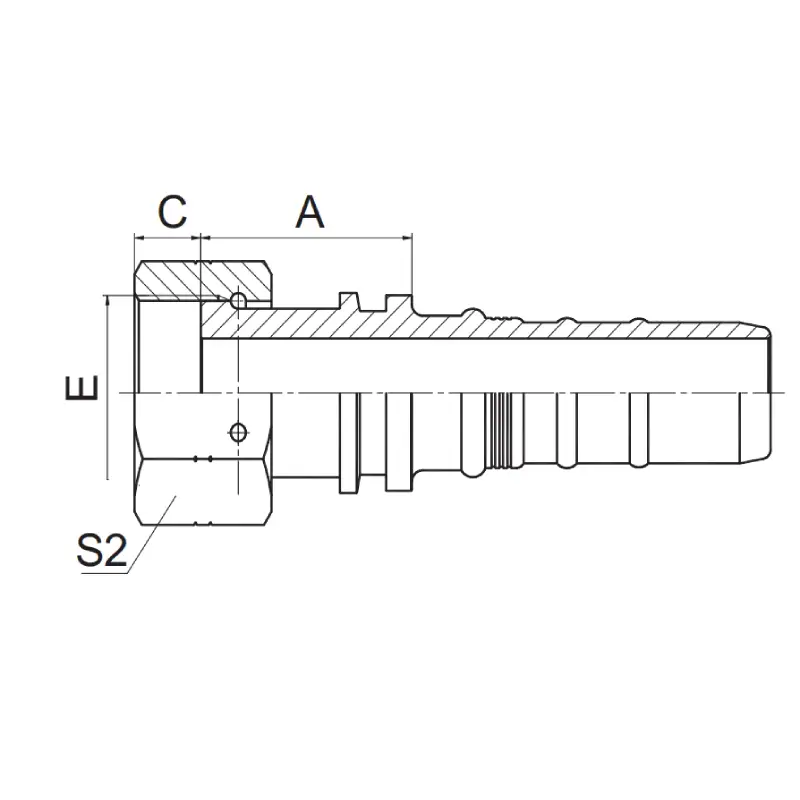
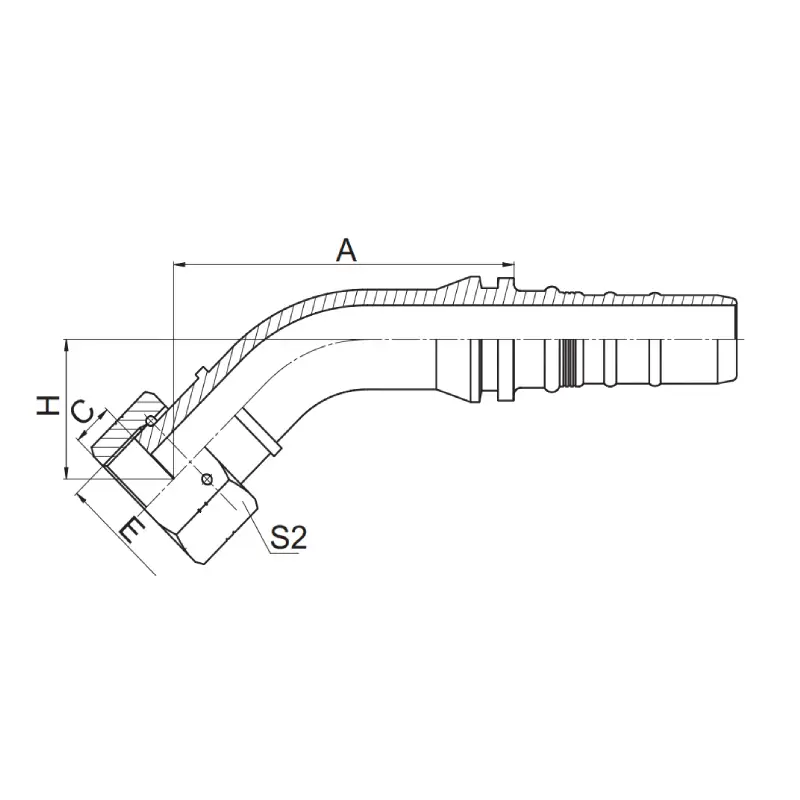
JIC (Joint Industry Council) hydraulic hose fittings are a cornerstone of reliable and efficient fluid power systems. Renowned for their robust design, secure connection, and high-pressure capabilities, JIC fittings are the trusted choice for diverse industrial applications.
Interlock hose fittings are known for their robust construction. The interlocking design itself creates a strong connection between the fitting and the hose, reducing the risk of separation or leaks under pressure. Additionally, interlock fittings are often made from high-quality materials like brass or stainless steel, ensuring they can withstand demanding environments and harsh conditions.
While specific installation methods might vary depending on the type of interlock fitting, they generally involve a simple process of inserting the hose and securing it with a clamp or ferrule. This ease of use translates to faster installation times and simplifies maintenance compared to more complex fitting methods.
The tight interlock between the fitting and hose, often accompanied by an O-ring or gasket, creates a superior seal that minimizes the chance of leaks. This is especially crucial for applications where leaks could cause damage or pose safety hazards.
Interlock hose fittings come in various configurations and sizes, making them suitable for a wide range of applications. They are commonly used with hoses for conveying liquids, gases, or even abrasive materials in industries like construction, manufacturing, and agriculture.
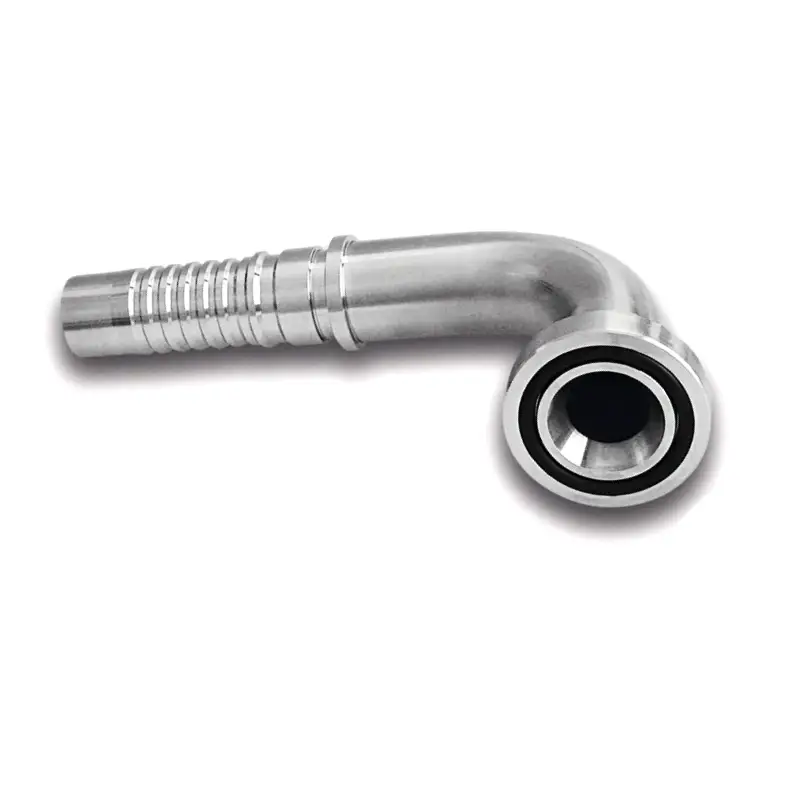
Secure high-pressure connections with confidence. Interlock flange fittings deliver unmatched strength and leak-proof seals for demanding jobs. Their robust design tackles heavy-duty applications while the simple installation saves you time. Upgrade your plumbing projects – Quote interlock flange fittings now!
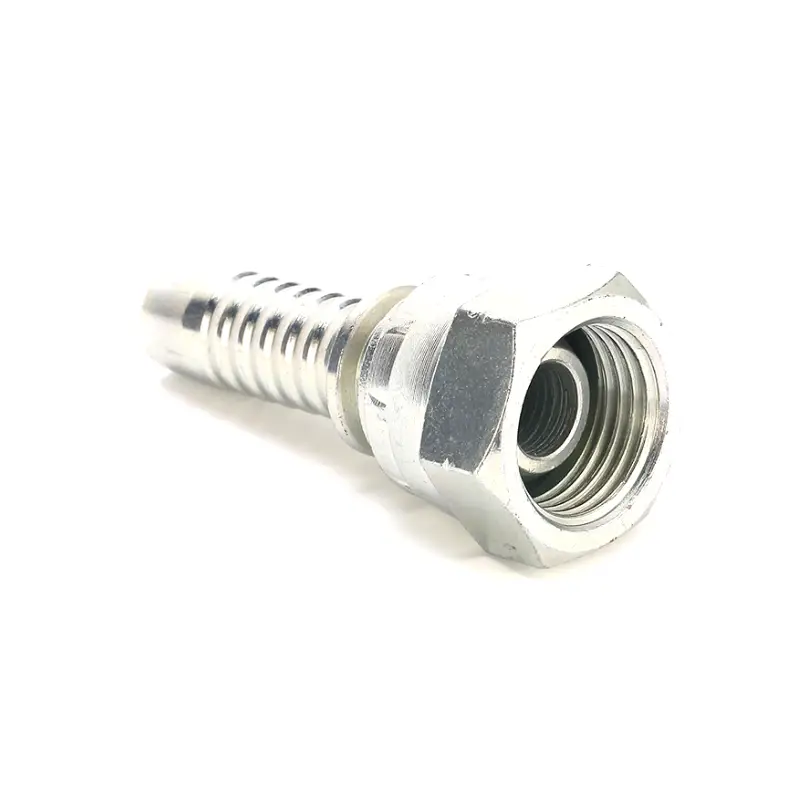
Tired of leaks and flimsy connections? Secure your industrial hoses with confidence! BSP interlock fittings deliver a powerful grip and leak-proof seal, ideal for demanding applications—faster installation, superior strength – experience the BSP interlock difference. Get your desired BSP hose fitting interlock today!
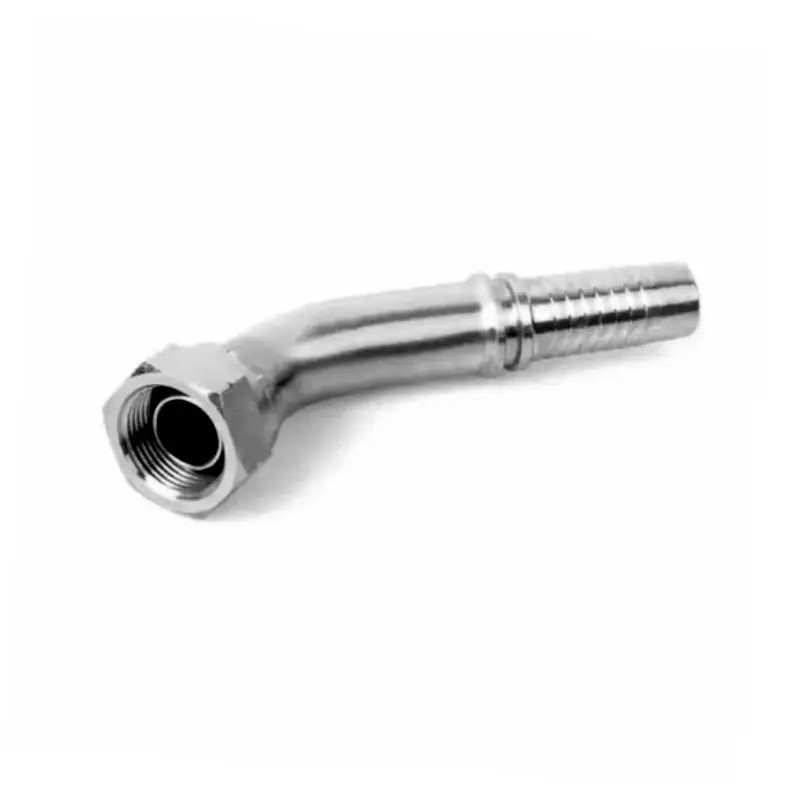
Stop leaks in your hydraulic system! The 22643 Interlock Hose Fitting with a 45° BSPP female end and 60° cone provides a secure, metal-to-metal seal for reliable performance. Upgrade your connections and experience confidence in your equipment – order yours today!

Ensure a seamless pipeline with the Female BSPP Interlock. You’ll achieve secure, reliable connections in demanding applications. This essential component simplifies installation and enhances system integrity. Upgrade your operations today!
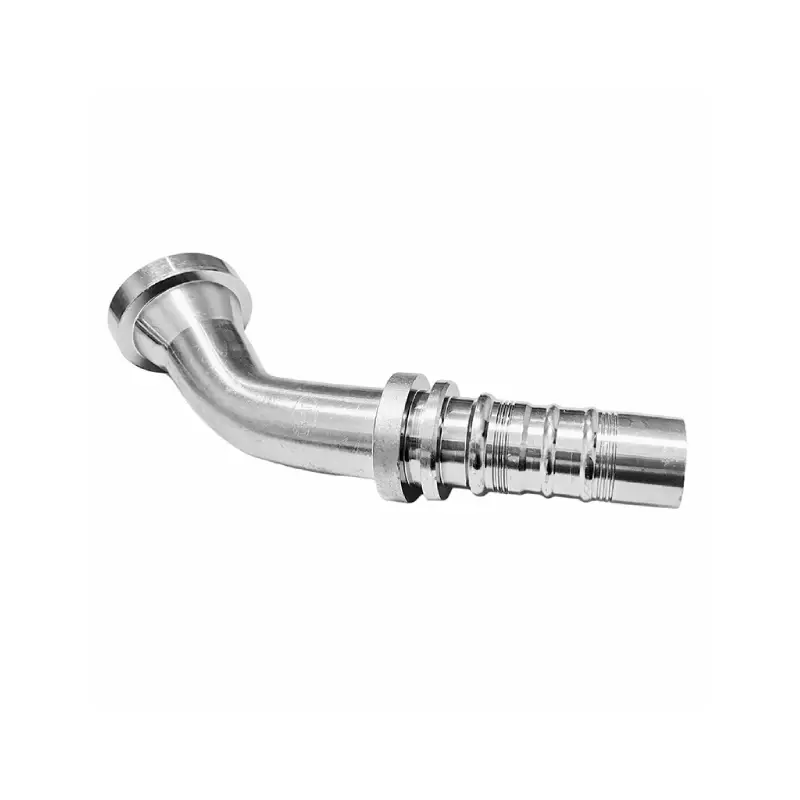
Stop leaks in your plumbing system with the dependable 87643 Interlock Flange Elbow. Its secure design ensures a watertight connection, saving you time and hassle on repairs. Replace your worn-out elbow with this high-quality part and enjoy a leak-free system.
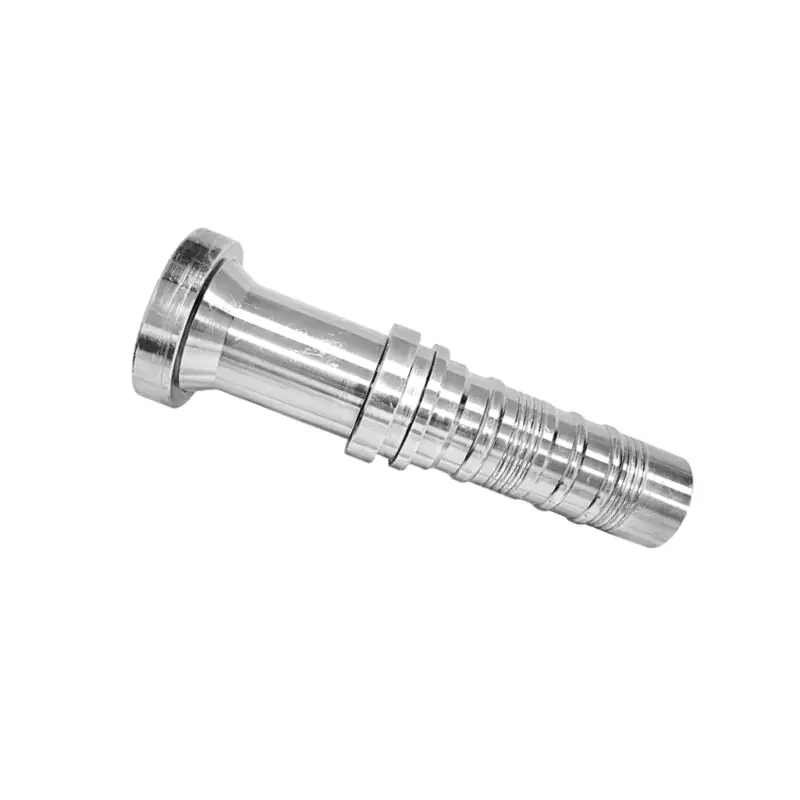
Stop leaks in your industrial piping system with the dependable 87613 Interlock Flange Fitting. Its secure design ensures a tight seal, preventing costly downtime and material waste.

Tired of leaks and frustrated with faulty interlock fittings? Seize control with the dependable 87393 Interlock Fitting! This superior product ensures a secure, leak-proof connection, saving you time, money, and hassle. Don’t settle for second-rate – upgrade to the 87393 Interlock Fitting today!
Interlock hose fittings are a type of high-performance fitting designed for creating secure and reliable connections between hoses and other piping components.
Interlock hose fittings are specifically designed for hoses that have undergone a process called six-wire skiving.
Strongest Connection: Because of this dual locking and sealing mechanism, interlock fittings are widely considered the most secure and reliable connection method for hoses compared to traditional fittings like clamps or crimps.
Here’s an analogy: Imagine the skived section of the hose like a handshake with exposed fingers. The interlock fitting acts like another hand with grooves that interlock with the fingers, creating a strong hold. The O-ring adds an extra layer of security like a tight clasp around the handshake.
Applications: Due to their superior strength and leak-proof design, interlock fittings are ideal for demanding applications like:
While interlock fittings offer top-notch security, it’s important to consider their cost and potential overkill for less critical applications.
Interlock hose fittings come in various configurations to suit different hose types, connection styles, and applications.
Here are some common interlock hose fitting types:
Crimp Interlock: These fittings consist of a separate body and nipple (or stem). The hose is inserted onto the nipple, and a specially designed ferrule is crimped around the hose and nipple using a crimping tool. The crimp creates a tight seal and engages the interlocking features of the ferrule and nipple.
Bolt Interlock: This type utilizes a two-piece design with a body and a clamp. The hose is inserted into the body, and the clamp with interlocking teeth secures the hose in place using bolts. Bolt interlock fittings offer a reusable advantage compared to crimp designs.
Weld Interlock: As the name suggests, these fittings are permanently welded onto the hose. They provide a very strong and secure connection ideal for high-pressure or critical applications. However, they are not reusable and require specialized welding equipment for installation.
BSP Interlock: This refers to the specific thread type used on the fitting, which is British Standard Pipe (BSP). BSP interlock fittings can come in crimp, bolt, or weld configurations, but the threads allow for connection to standard BSP pipe threads.
Additional Considerations:
By understanding the different interlock fitting types and their characteristics, you can select the most suitable option for your specific hose application.
Interlock hose fittings are ideal for applications that require a secure, high-performance connection due to their robust build and leak-proof design. Here are some common scenarios where they shine:
High-Pressure Systems: In applications involving high fluid pressure, such as hydraulic lines in construction equipment or heavy machinery, interlock fittings provide the extra grip and security to prevent hose blowouts or leaks that could be catastrophic.
Critical Applications: When dealing with hazardous fluids or materials, like chemicals or fuels, even a small leak can be dangerous or costly. Interlock fittings offer superior leak prevention compared to standard fittings, making them a preferred choice for such critical applications.
Harsh Environments: Many industrial environments involve exposure to extreme temperatures, vibrations, or corrosive chemicals. Interlock fittings, typically made from durable materials like stainless steel, can withstand these harsh conditions without compromising the connection’s integrity.
Abrasive Materials: If you’re conveying abrasive materials like sand or slurry through hoses, interlock fittings provide a strong connection that resists wear and tear better than standard fittings. This translates to a longer lifespan for both the hose and the fitting.
Reusable Needs: While some interlock fittings, like weld-on types, are permanent, options like bolt interlock offer reusability. This can be beneficial in situations where hoses might need to be disconnected and reconnected for maintenance or cleaning purposes.
Industries that commonly use interlock hose fittings include:
Remember, while interlock fittings offer superior security, they might be overkill for some applications. Consider the pressure rating, environment, and criticality of your system to determine if the extra strength and leak-proof properties of interlock fittings are necessary.
Selecting the right interlock hose fitting requires considering several factors to ensure a secure, reliable, and long-lasting connection for your specific application. Here’s a guide that can help you select the right interlock hose fittings for your project:
1. Application and Pressure:
2. Hose Compatibility:
3. Fitting Type:
4. Additional Considerations:
Tips:
By carefully considering these factors, you can ensure you select the most suitable interlock hose fitting for your needs, guaranteeing a secure and reliable connection for your project.